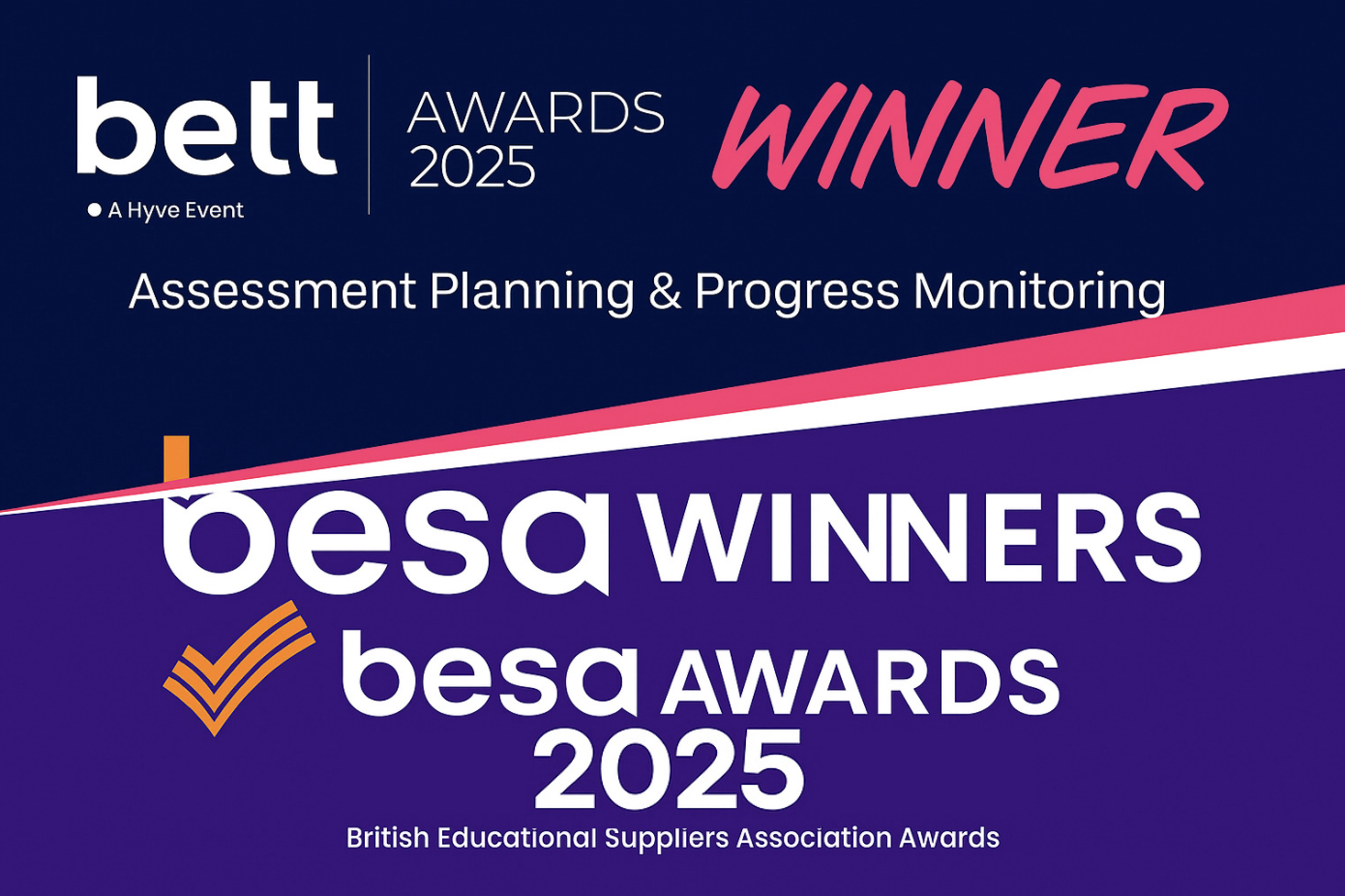There are many reasons not to be cheerful at present, particularly in the worlds of neurodiversity, SEND, mental health and education in general. We know from Neurodiversity at Work (CIPD 2018) that only 16% of autistic adults are in full time work, yet 77% of unemployed autistic adults want to be in work. We know that society clings on to the IQ test in many quarters when ‘There is no standard brain’ (Thomas Armstrong, ibid).
In some ways, the world is pulling in two different directions. There are increasing demands for more diversity in all aspects of society, and growing recognition of the incredible gains a diverse society brings to morality, economics and wellbeing, but, as Professor Jan Willem de Graaf argues in Education Journal (425, Sept 2020), globalisation brings a tendency towards one style of dominance, in apps, images, culture, and language. Globalisation pushes us all towards uniformity, in a world where ‘More and more people are walking around with labels such as dyslexic, ADHD or autistic.’ (ibid).
And then we have lockdown. According to the Sutton Trust (EJ April 2020) only one third of pupils attended regular online learning, 23% of pupils were deprived of access to an online platform, and only 45% of pupils said they had had ‘some form’ of communication with teachers. The Institute of Fiscal Studies (EJ May 2020) produced similar research data, with middle income children spending 30% more time learning than lower income children, and 14% of children having no access to ICT at all. According to the Children’s Commissioner (May 2020) 20% of teenagers received no work at all.
If we are having a national conversation about narrowing the gaps, there is little action systemically to indicate a positive change. At a local level, in schools and charities, in online groups, there is fantastic work going on, but its overall impact is limited. In June 2020 the OECD, in its annual report, noted that lockdown had opened up or exacerbated disparities in wealth and access to education resources. Their PISA report (2018) noted that the best educational systems ‘Promote equity…are non-selective…and do not amplify disadvantages’.
So where does this leave us? Somewhere between despair and hope, perhaps. Against the odds, people are agitating for, enacting and embedding change. We know that 64% of people prefer to work for an employer with strong corporate and social responsibility (CIPD, 2018), particularly in the recognition of diversity. We know that global companies (Microsoft, for example) are creating neurodiverse work environments, and for some roles positivity discriminating. Educators and academics all over the world are looking for ways forward, ways of making positive use of this year’s pandemic to accelerate educational innovation. It was so refreshing to see a group of academics recently at the House of Commons Educational Select Committee (White Working Class, 13 Oct 2020) robustly challenging tired thinking, which still allows only 13% of white working class boys go onto higher education. They were talking about the elitist, narrow curriculum, messaging around vocational learning, and lack of empowerment in pedagogical thinking.
For me, this year has been a turning point. I have taken part and presented at international symposiums on neurodiversity, and had the privilege to connect with brilliant thinkers and practitioners. My own thinking and search for ways forward have taken a pandemic-boosted leap. I worked in education for over 30 years, mostly in the realm of SEND (you can tell how long I’ve been around by the fact that when I started words like ‘remedial’ and ‘maladjusted were still in use!) I have lead and worked in special schools and SEND provision for long enough to show the scars. But
out of special education often comes the most innovative practice. Proof of this is the online platform I have been helping to refine over the last few years, alongside superb practitioners, academics, experts and parents from around the world. I say parents, because I am also a parent of a neurodiverse young man, which gives me multiple perspectives of the issues discussed here.
To contextualise the platform I have been helping to develop, I’m going to list the issues presented by experts from across the world in tackling widening disparities and inequalities.
1. 60% of young offenders have a diagnosable speech, language and communication difficulty, yet only 5% have ever received interventions (research report cited by ICAN/The Communication Trust 2020).
2. In areas of deprivation (including economic poverty) 50% of school children start school with delays in SLCN. Two thirds of SEMH pupils have a language impairment (ibid).
3. Parents need ‘social capital and specialist knowledge to navigate the SEND system’ (House of Commons Select Committee report in to SEND, 2020).
4. There are ‘deep disparities’ in the way pupils have been able to access online or blended learning (OECD, 2020).
5. There is insufficient measuring of the impact of interventions – people need guidance around ‘what works best’ (Association of Directors of Children’s Services, 2018).
6. There has been a 10% drop in the proportion of SEND pupils in state funded secondary schools between 2010 and 2019, with a corresponding rise in state special schools, independent schools, and home-schooling (DfE 2019 data, gov.uk).
7. After P-levels, there are ‘extremely limited options for assessing…unless you write your own criteria…’ (b-squared webinar, 2020).
Wouldn’t it be amazing if, just in time for this pandemic-infused world, with huge disruptions to learning, fundamental questions about the systems we currently use, and fears about a ‘lost generation’, someone had created a system that is ten years ahead, technically future proof, works with any system in the world, avoids deficit models of the learner, and firmly takes hold of the hands (metaphorically, obviously) or the team around the child and says: ‘Relax, here is a plan’?
Which is exactly what the people at PAGS® have done. Specifically, PAGS®:
1. Picks up on every developmental delay and gap that other systems miss.
2. Works with complexity, comorbidities, and breadth by producing a holistic map of the individual.
3. Gives experts, teachers, parents, and carers a shared language to plan the best way forward together.
4. Works consistently with the learner wherever their learning takes place – copes with all blended learning curricula.
5. Gives the best exercises, tasks, ideas and links to resources in order to meet the goals agreed.
6. Will support transitions from school to school or other setting, EHCP processes, special, mainstream and home.
7. Saves you huge chunks of time by avoiding the need to bring together multiple assessments, or writing your own, and tracking and collating all the evidence of progress for each learning safely online.
So this is where my strange career has taken me: telling the world that amongst the fears and anxieties we all have, there are solutions being found. And I have one of them.





